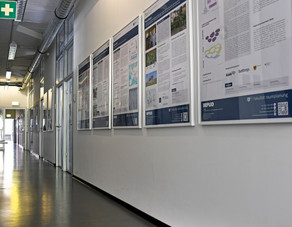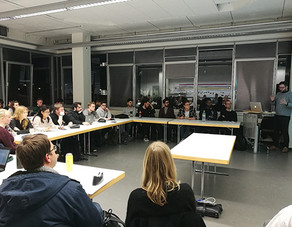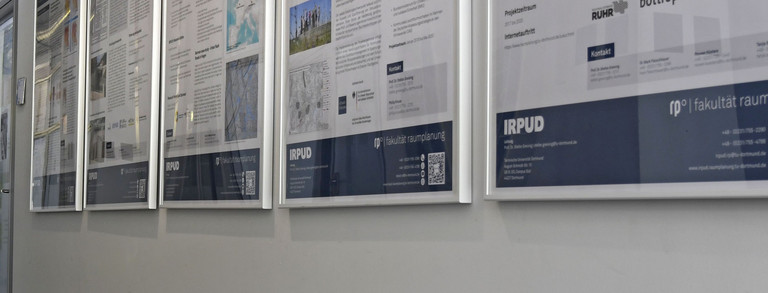Grün4KRITIS

This includes the development of cascade chains for the regional level, the identification of interdependencies, a sectoral spatial analysis in the RVR area as well as the identification of potential areas and the development of pilot measures to increase the resilience of the RVR area with the help of green infrastructure. The kick-off event took place in Essen on 25 January 2024 and was attended by the network partners (IRPUD, LLP, RVR) and the associated partners (VRR, LZG, EGLV, BMR). As part of the event, the participants got to know each other for the first time and exchanged goals and wishes for the project.

In April 2024, the research team had the opportunity to present the project at the ‘Green Infrastructure Network Day’ at the RVR's ‘Market of Opportunities’. The day focused on discussions about the RVR's ‘Green Infrastructure Strategy’. In this context, insightful perspectives and findings were gained and interested stakeholders were included in the project's network.

The aim of the project is to investigate the extent to which green infrastructure (GI) can protect critical infrastructure (CI) facilities and systems from the impacts of climate change and to anchor this in planning instruments. Based on the functional and spatial interdependencies to be determined between the CI sectors and specifically the spatially and functionally specific protective effects of the individual GI elements, the aim is to
1. improve knowledge of the resilience-enhancing effect of GI for CI;
2. the ‘Green Infrastructure Strategy’ is to be supplemented with objectives on the protective function for CI as an ecosystem service;
3. the products of the RVR relating to climate adaptation are supplemented by the CI dimension;
4. a contribution is made to the competitiveness of the Ruhr metropolis as a business location;
5. to develop a targeted prioritisation of the protection and further qualification of those GI elements whose local and systemic importance is decisive for the protection of CI;
6. developing initial pilot measures for this purpose
7. and incorporated into the development and implementation of the ‘Green Infrastructure Strategy’.






